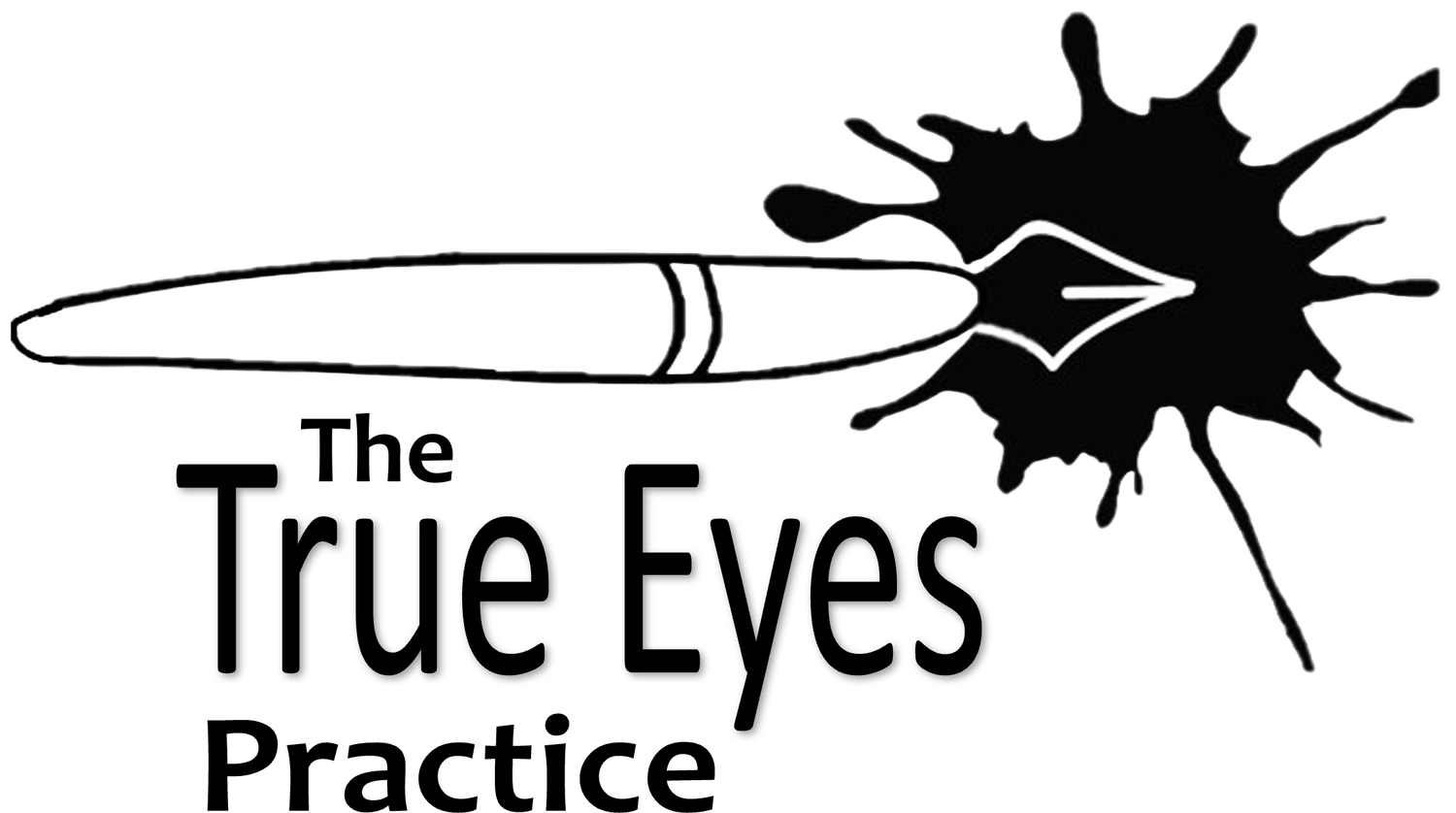Pricing Type 1: How Many Hours It Took to Make Something X Your Hourly Rate
You can price your creative work based on how many hours it took to create it. If you want to make $200.00 per hour and it took you ten hours to make something, then you could consider charging $200 X 10 = $2,000.00.
This method can work if you are painting, sculpting, doing ceramics or making anything physical.
If you consider pricing this way, you may run into a couple of parts that need to be heard.
You might have a part that says the only thing that matters when you’re making something physical is the cost of the materials. Your time is free. A sculptor in one of my classes spent 36 hours carving a gorgeous eagle which she sold for $250.00. That’s $6.94 per hour, not including the cost of the wood, which was about $30.00. When we did the math together, she cried. This is a textbook example of why considering the cost of materials alone won’t produce the right price.
You might have a part that argues you should only charge for the “face time,” i.e. the time you spend actually working with your client. If you’re a musician, you may routinely assume (as do the people who hire you) that you only get paid for the performance. Practice and rehearsals don’t count.
If you teach or coach groups of people one of your parts may tell you that you can only charge for the time you spend with the group, not your prep time. If you put on live seminars a part may want to disregard the cost of the administrative time it took to set up and run the event.
If you paint large-scale public art you might be tempted to only charge for the time you’re actually painting, ignoring the design time, the back-and-forth with the client, getting permits from the city, and the hundred other time-intensive activities that have to happen before you can lift your paintbrush.
Considerations when pricing creative work by the hour
There are no right or wrong answers in pricing your work by the hour, or what hours you include (prep, practice, etc.) in the total hours you charge for. This method gives you a place to start.
If pricing your creative work by the hour seems right for you, see what happens when you multiply the hours you spend making, practicing, delivering, by the hourly rate you want to (realistically at first), earn. Tell your people about your work and your prices, and see what happens.
